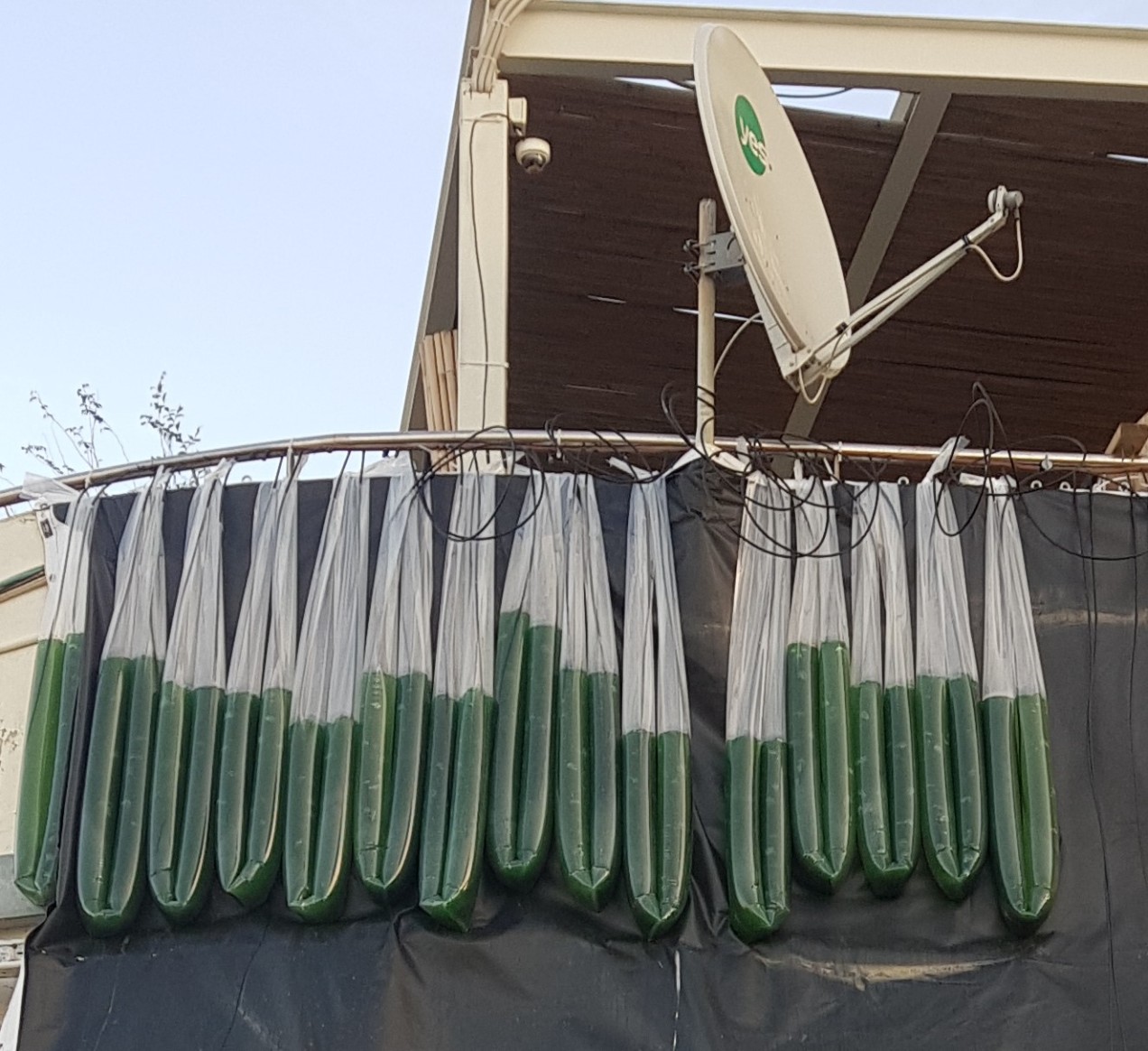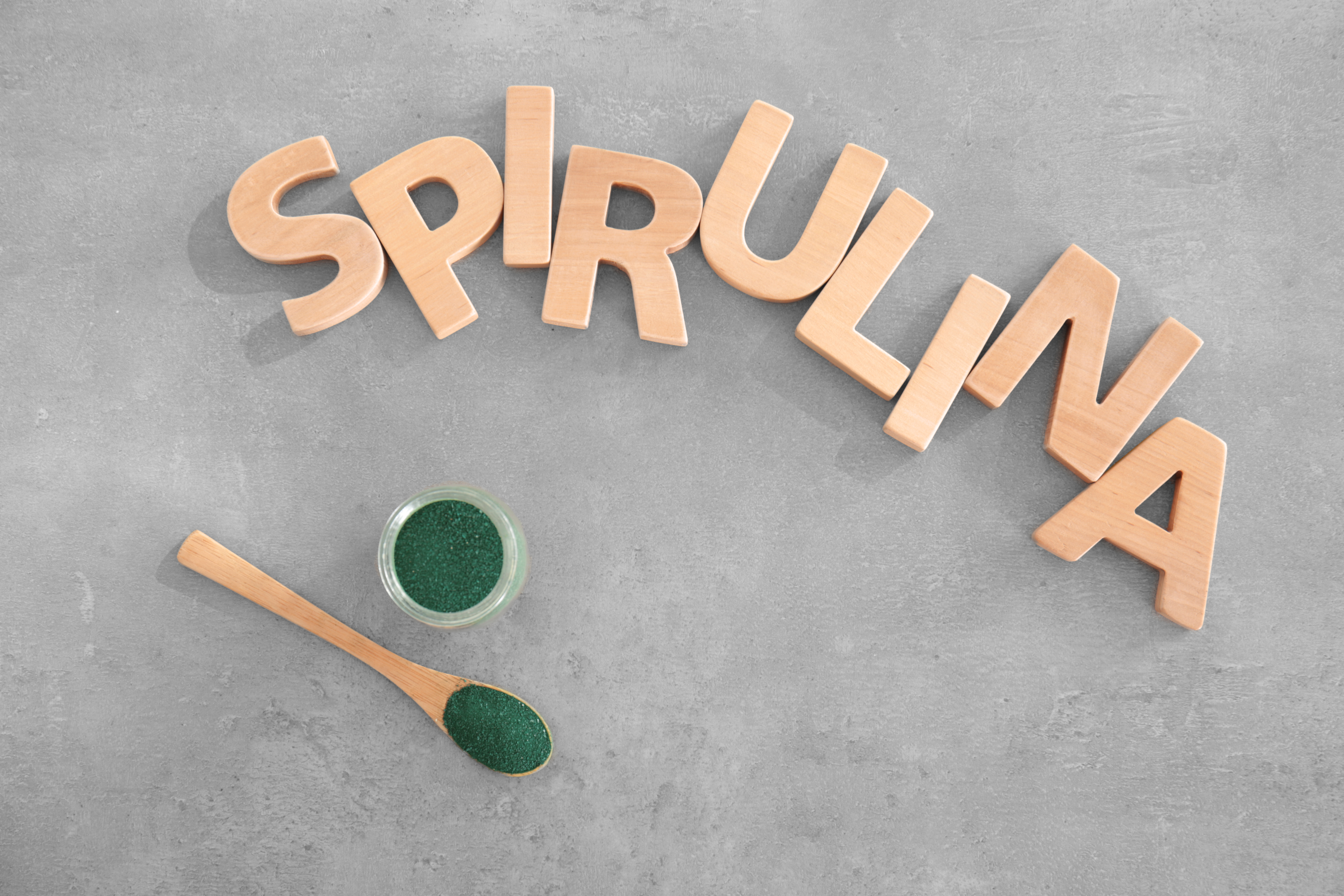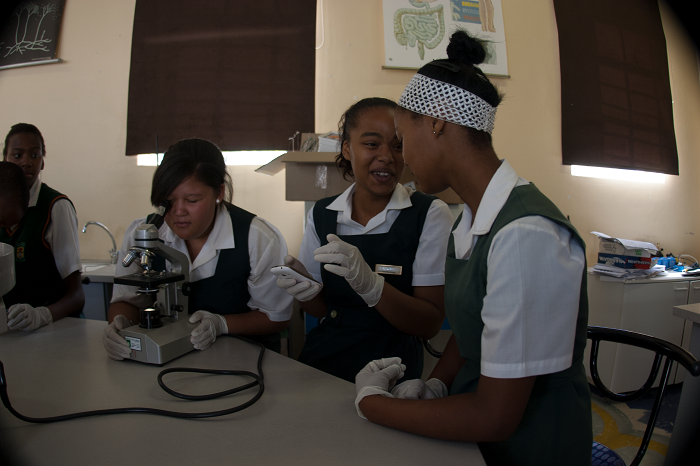Microalgae: A Pathway to Business Sustainability?
Microalgae, a dynamo of sustainability, are fundamentally altering the way businesses view eco-friendly alternatives. These minuscule beings are celebrated for their unparalleled ability to perform photosynthesis, changing sunlight, water, and carbon dioxide into oxygen and biomass, thereby effectively mitigating climate change.
Microalgae’s Function in Business Sustainability
Our dedication to integrating microalgae into business ecosystems arises from understanding its extraordinary capabilities. It’s a sustainable source that grows at a rate far surpassing traditional crops. Importantly, it doesn’t compete with food resources, an essential consideration amid the current global food security issues.
Utilizing the potential of microalgae such as Spirulina and Chlorella, we provide businesses with a real, practical solution that not only contributes to carbon neutrality but also propels economic growth. Cultivating microalgae can convert waste resources into valuable products, creating a wealth of opportunities for businesses seeking to balance profitability with sustainability.
Microalgae: An Example of a Multifaceted Asset for a Sustainable Future
The adaptability and multifaceted nature of microalgae make it an excellent candidate for various applications. From biofuels and pharmaceuticals to food and feed supplements, the possible uses of microalgae are expansive and diverse.
In the biofuel sector, biofuels derived from microalgae can drastically decrease our dependence on fossil fuels, addressing a significant contributor to greenhouse gas emissions. For the pharmaceutical industry, the bioactive compounds in microalgae offer a rich source of novel drugs and treatments.
It is a known fact that novel microalgae derived products containing various fatty acids such as DHA already compete with fish derived Omega 3 and Omega 6.
Incorporating Microalgae Solutions into Business Operations
To fully leverage the benefits of microalgae, a strategic implementation plan is required. This process involves an in-depth evaluation of the company’s existing operations, this should be followed by a customized approach to incorporate microalgae cultivation or application.
While there are costs associated with the initial setup and operation of microalgae cultivation, the long-term benefits significantly outweigh these investments. The returns extend beyond financial gains, reaching into societal and environmental benefits, in line with the principles of business sustainability.
Microalgae: The Future of Business Sustainability
We foresee a future where microalgae form a fundamental part of business sustainability strategies. It’s an exciting prospect, one that holds substantial promise for mitigating climate change and charting a path for a sustainable, prosperous future.
We believe in the transformative power of microalgae, and we’re committed to driving its integration into the business world. We invite businesses to join us in this endeavor, and together, we can shape a sustainable future for everyone.
Microalgae for Phytonutrient Production: Chlorella, Spirulina, and Haematococcus
Microalgae species, such as Chlorella, Spirulina, and Haematococcus, offer a rich source of phytonutrients, making them increasingly important in the nutrition industry.
Spirulina, a blue-green microalga, is a nutritional gem packed with proteins, vitamins, essential fatty acids, and minerals. It’s renowned for its immune-boosting properties and is frequently used in dietary supplements.
Similarly, Chlorella has earned a reputation for its high protein content and a broad spectrum of vitamins and minerals. It has been used extensively in food supplements and health products.
On the other hand, Haematococcus is well-known for its high astaxanthin content, a potent antioxidant. It has applications in the nutraceutical industry and is commonly used in supplements for eye and heart health.
The incorporation of these microalgae in the production of phytonutrients represents a promising sustainable solution for businesses seeking to contribute to better human health while adhering to eco-friendly practices.
Conclusion
Our master-plan for business sustainability leveraging microalgae offers a strategic approach to align economic progress with environmental responsibility. The potential applications of microalgae are expansive and diverse, and its integration into the business world promises to revolutionize sustainability practices. By harnessing the power of microalgae, we can mitigate climate change and pave the way for a prosperous, sustainable future.
Please click the following link if you want to read more information about how we can help your business adopt microalgae, especially Spirulina, as an avenue for increased sustainability.





